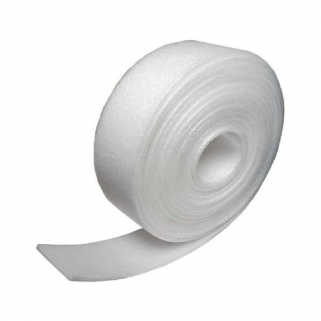Branches
Screeding & Floor Levelling
Screeding is a construction jargon used to refer to any undertaking of applying and smoothing out pliable materials into a flat layer. Depending on the context in which it is used, it can stand as a noun (screed-tool used to do levelling) or a verb (to screed).
There are tools specially designed for screeding and floor levelling, but you can accomplish screeding with any straight board.
What Is Screeding?
So, when it comes to building, screeding means the action of levelling outpoured concrete into a flat and smooth layer before finishing the surface. It is also used to refer to flattening out a layer of gravel, mortar, or sand underlayment underneath a surface to prepare for paving. For example, if your sub-floor is not levelled, you need to fill it with a levelling compound. If the mix you are using isn't self-levelling, you would need to drag it across the top to flatten it and level the surface.
Floor Levelling Process
Screeding
To begin with, you need to pour the concrete on the surface. Using a 2x4 screed board, draw it across the wet surface of the poured concrete. Typically, you should draw the screed with sawing, scraping motion to simultaneously smoothen the surface and draw excess concrete into any hollows or gaps.
For extensive slabs, you would want to get another person to help you draw the screed. By holding the other side of the screed board, you would easily spread the floor levelling materials and evenly. For higher precession, we recommend you opt for aluminium screeds as they offer a straighter edge. A motorised screed can also be used if you need a faster and more professional screeding action.
Finishing
Screeding doesn't give you a smooth surface, and therefore, it is the first step in the screeding and levelling process. To get the final finish, you would need to use smooth-faced tools specifically meant to draw up fine aggregate to the slab's surface. This is what we call 'floating' concrete.
For extensive slabs such as garage floors or driveways, the floating is done using a large floating tool called bull float. Smaller slabs such as sidewalks use metal and wood hand floats. However, regardless of the floating tool used, the screeding must be done perfectly to eliminate any gaps or voids and create a solid layer.
Types of Floor Screed
Different applications demand varying types of screed. However, selecting a particular one can be challenging if you are in the dark of what each screed constitutes and what it is best used for.
- Bonded screed- the name says it all. It is a mix that is completely bonded to the substrate using a bonding agent. Generally, floor screeding UK type is ideal for applications where heavy loading is prevalent.
- Floating screed- this is normally applied at approximately 35mm depth. It is used in structures with underfloor heating or in buildings where thermal and acoustic insulation is needed. The screed is applied to the insulation to enhance the building's efficiency.
- Liquid screed- it is also called calcium sulfate screed or compacting screed. Liquid screed near me is quite prevalent thanks to its quick setting time of 1-2 days. Its screeding cost is relatively low.
- Unbonded screed- as opposed to bonded floor levelling materials, this one is applied on top of a damp-proof membrane installed on the concrete slab. The screed is meant to minimise the risk of shrinkage and damp occurrence. The screeding prices could be high for this type as it takes more time to apply.
With the proper screeding tools, you can DIY. However, you would need to choose the appropriate floor screed to use in your project as each offers unique specialist uses and benefits. Our current selection includes a range of floor levelling compound, edging primer rolls, concrete & screed fibres, and Fast Flex Leveller.









